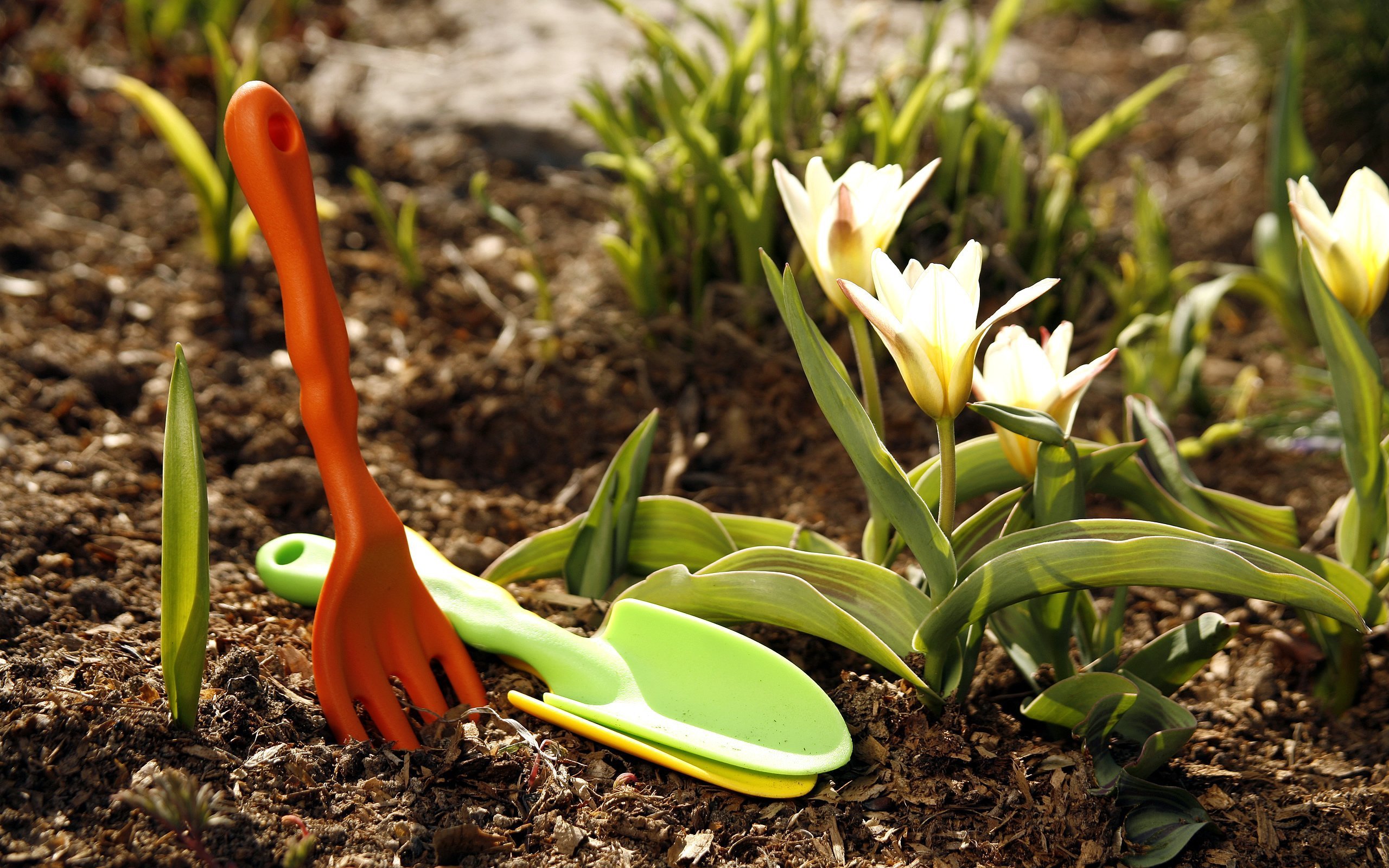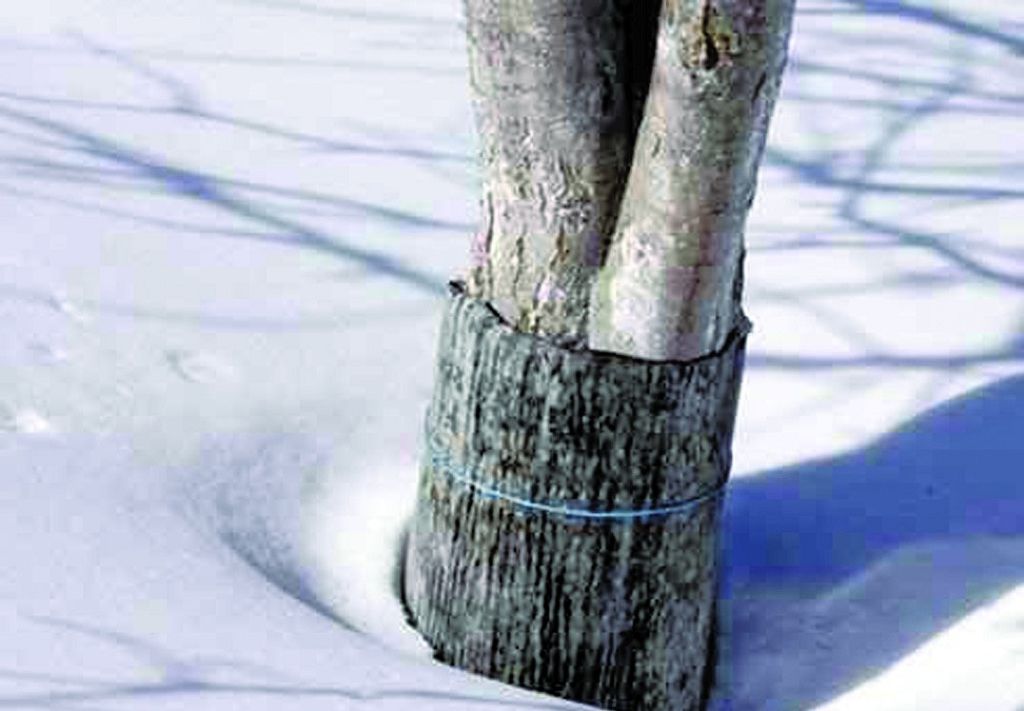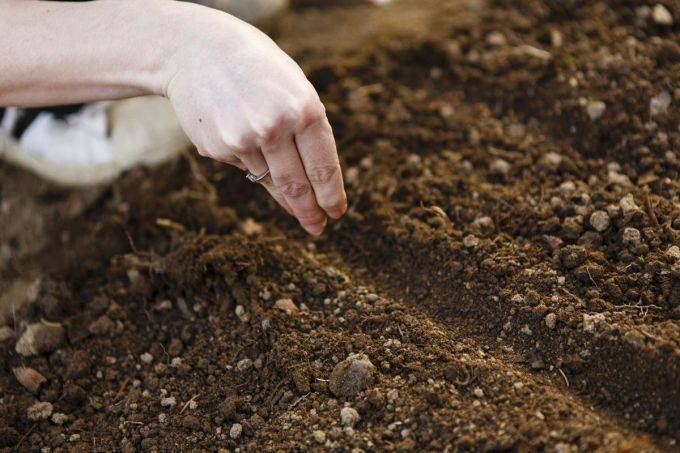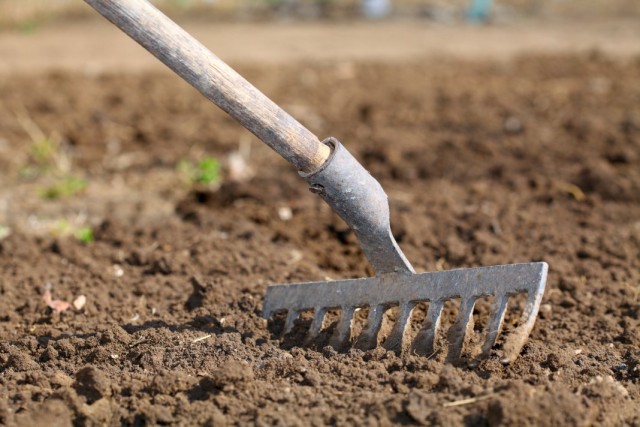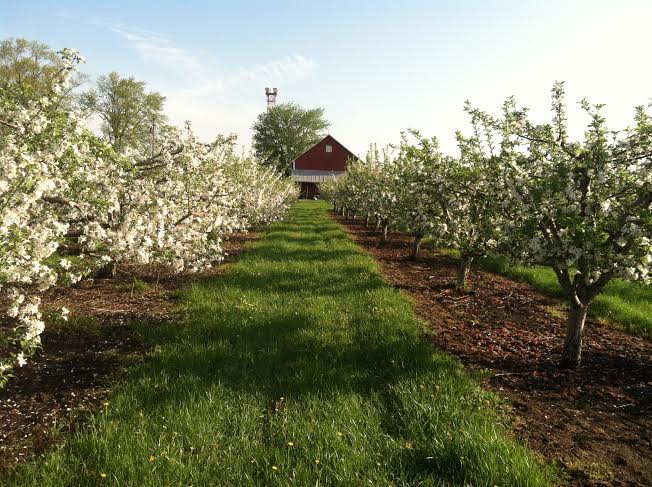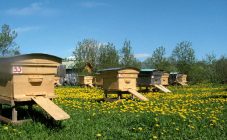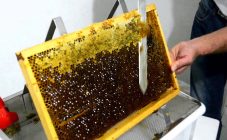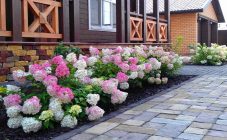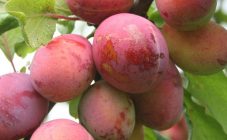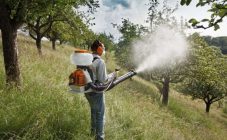Content:
The gentle spring sun and the appearance of the first thawed patches in the garden serve as a signal for the gardeners to start working. The first ten days of March is an important and responsible time, which helps to properly distribute the care of fruit and berry crops, stock up on seeds, plan transplanting and planting new seedlings.
Pruning trees and shrubs
Work in the garden should begin with walking around the area and carefully examining the trees and shrubs. It is best to assess the condition of the garden after wintering on a dry and sunny day, when all the flaws and flaws on the trunks and branches are visible.
Sanitary pruning is recommended at air temperatures above 5 degrees. Examine the bushes: dry and damaged branches are removed with a pruner or hacksaw. They also cut out excess branches so that the bushes are not thick, otherwise the harvest will suffer.
They form the crowns of fruit trees: they cut out incorrectly growing branches, and shorten the tops and lateral processes.
Dry shoots are removed in the raspberry, and the branches bent to the ground are straightened. Depending on the variety, the upper pruning of plants is performed - the area is cut off, on which 5-7 upper buds are located.
Treatment of wounds, cracks
Strong winds and a large syllable of snow often break the branches of fruit crops. Longitudinal cracks form, the bark flakes off, or a hollow appears at the site of the fracture. Garden var serves as a universal remedy for application to damaged areas.
Before you start working on broken branches and cracks, you should work with a hacksaw to make the tree look beautiful, and there was an even cut on the damaged area. Cracks, damage on the bark and the edges of the sawn branches are covered with garden pitch. The exfoliated bark is pre-cleaned, the site is treated with copper sulfate.
The appeared hollows are cleaned of dead wood, treated with a solution of copper sulfate and covered with a cement mixture.
Whitewashing trees
Spring whitewashing, despite a lot of controversy about its benefits, is still recommended for many reasons. The most important thing is to protect the bark of trees from sunburn. Snow reflects the sun's rays, which heats up the dark crust and causes increased evaporation of moisture. Changes in daytime heat and night frost lead to damage to the bark, which is favorable for the penetration of pests. Experienced gardeners whitewash twice - in autumn and early spring - to keep their garden crops healthy and strong.
Pest control
With the first rays of the sun from the root zone, from under the fallen leaves, awakened pests rush to trees and bushes. Processing is carried out with special aqueous solutions strictly according to the instructions. Spraying is applied at intervals of two to three weeks.
Hot water is used to control pests on shrubs such as gooseberries, red and black currants. In this case, the water temperature is brought to 80-90 degrees, after which it is poured onto the bushes. A hot bath is taken before bud break.
Preparation of cuttings and seedlings
In March, they stock up on cuttings for grafting fruit trees. In the first month of spring, fairs for the sale of fruit and berry crops begin to open. Purchased seedlings are early planted, but they are usually sold in containers with soil. It is enough to place new crops in a cool place, and they can easily wait for disembarkation to a permanent place.
Tree feeding
Until the snow melts, mineral complex fertilizers are applied under the fruit trees. For this, a dry granular mixture is suitable, which is distributed evenly under the crown over the surface of the snow. Ash scattered in the snow helps melt, lowers the acidity of the soil and repels some pests.
Territory cleaning
The cut and broken branches of trees and shrubs are collected and burned. Damaged areas of the bark, the remnants of foliage are also removed from the site or burned.
